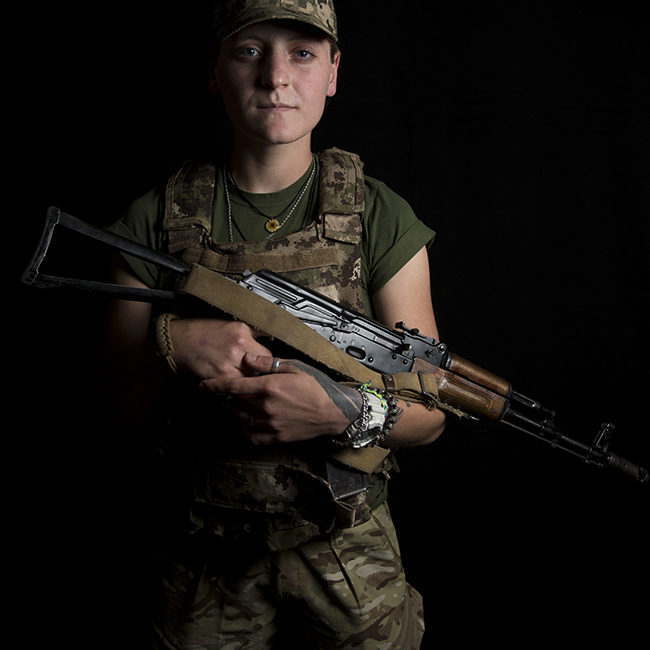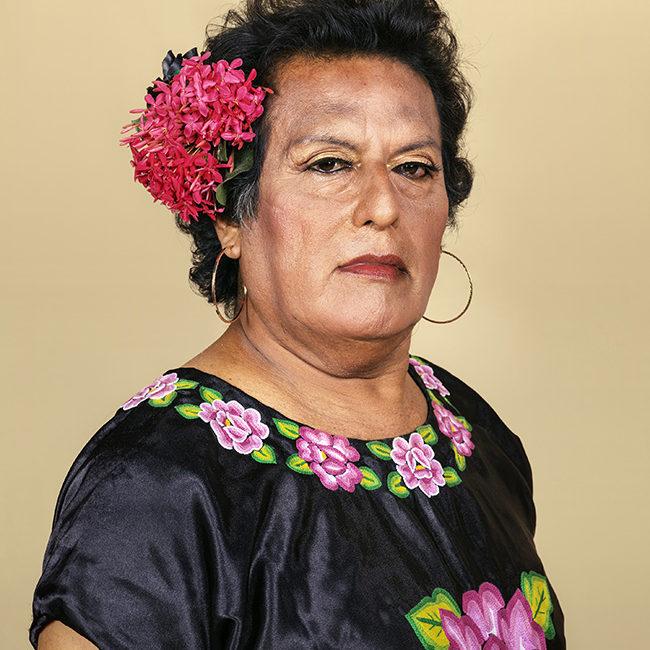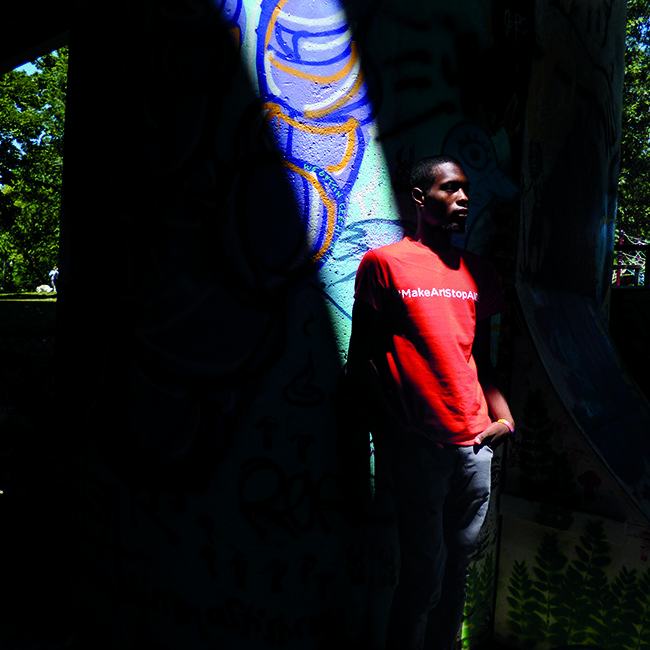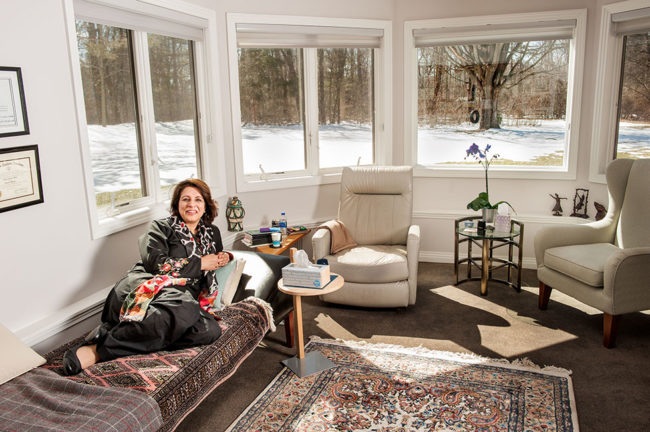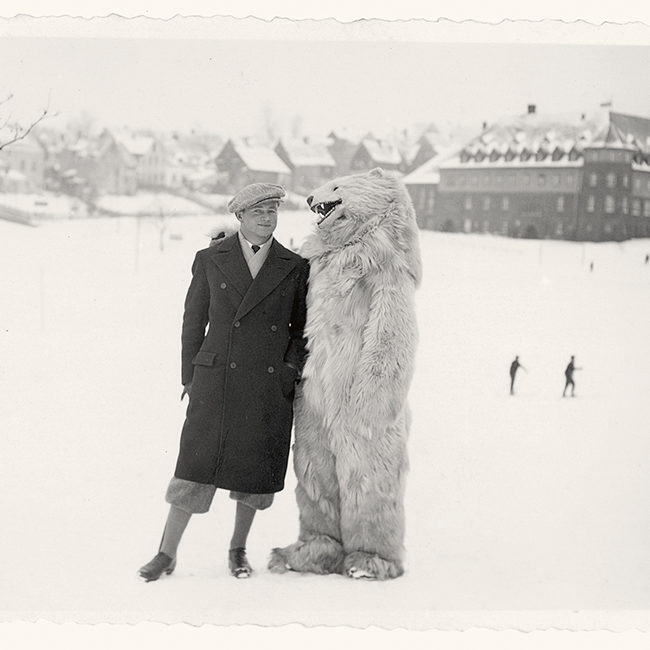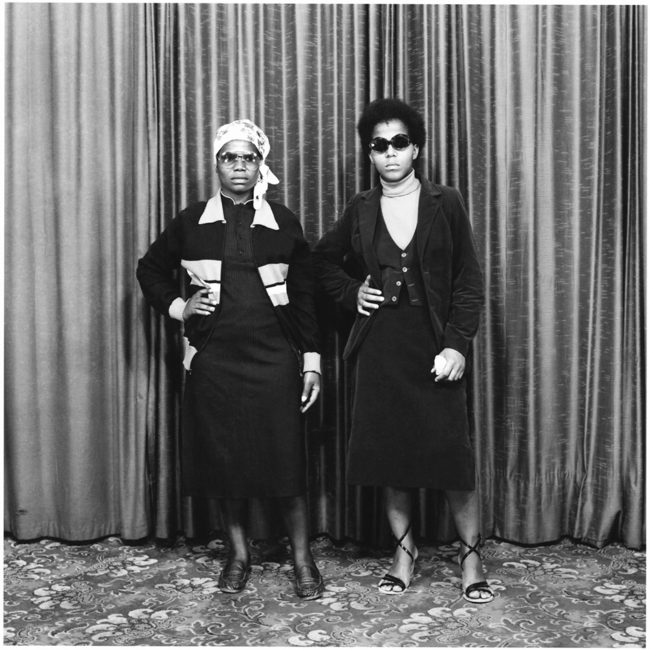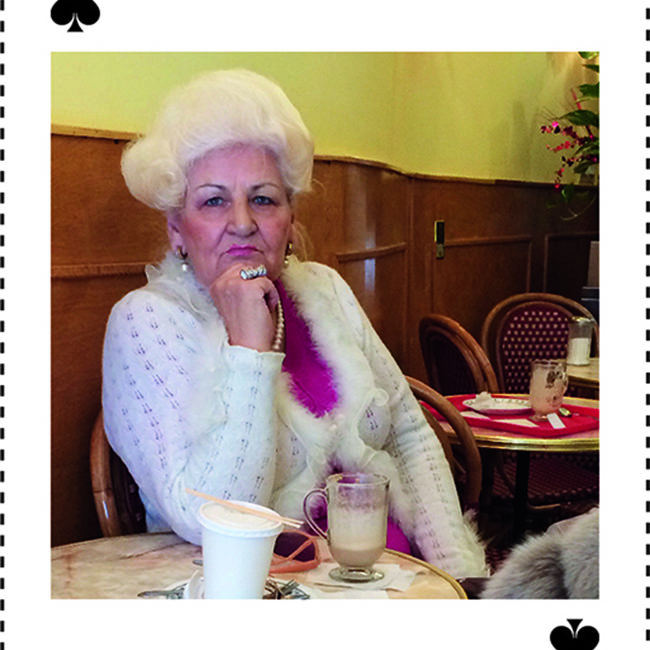The Guggenheim Museum is marking the thirtieth anniversary of Robert Mapplethorpe’s death with a year-long exhibition presented in two sequential parts. The first, which opened in late January and runs through the summer, features about 200 photos and objects which were given to the museum by the Robert Mapplethorpe Foundation in 1993. It presents an opportunity to reexamine the richness and diversity of Mapplethorpe’s work, as well as his rise from art student to internationally acclaimed artist.
Born in Queens in 1946, Mapplethorpe went to Pratt Institute at the age of 16 to study drawing and sculpture. He made Polaroids he incorporated into his collages but soon became fascinated by photography. He showed his Polaroids in a gallery in 1973 and soon after bought a Hasselblad he used to make portraits of artists, musicians and men he met at gay baths and sadomasochistic clubs. In the early 1980s he began making richly toned black-and-white studies of nudes, many of them black men. Photos such as “Ajitto,” showing a man seated on a draped pedestal, treat the model like a classical Greek sculpture and show Mapplethorpe’s familiarity with the work of George Platt Lynes, George Hoynigen-Heune and other photographers of the 1920s and 1930s. He also did a series of images of Lisa Lyons, a white female body builder, and studies of flowers. While Mapplethorpe’s sexually explicit images brought him notoriety, he also became a sought-after society photographer, charging $10,000 for a commissioned portrait.
Throughout his career, Mapplethorpe made self-portraits using props, makeup and clothes to explore his many roles. “Implicit Tensions” includes a pair of images showing his hand writing the word “Pictures.” In one, he wears a dress shirt and elegant watch; in the other he wears a leather glove and studded bracelet. In her memoir Just Kids, Patti Smith portrays her friend Mapplethorpe as a kid who idolized Andy Warhol and wanted to become famous. Mapplethorpe eventually photographed for Warhol’s magazine Interview, and his fame exceeded his dreams. In 1988, museums in London, Philadelphia, Chicago and New York hosted Mapplethorpe exhibitions. The New York Times’s photography critic referred to the show at the Whitney Museum as a “mid-career retrospective.” But a year after it opened, Mapplethorpe died of AIDS.
“Implicit Tensions” transports us to a period when Manhattan’s uptown elites flocked to downtown culture, artists could become celebrities and the plague ravaging the city was a feared taboo. (It was during this period that another striver from Queens, also born in 1946, sought entrée to Manhattan society by buying real estate, courting the tabloids and hiring a ghost writer to produce The Art of the Deal.) What is Mapplethorpe’s legacy now, when homoerotic art is no longer groundbreaking, and the objectification of the black body is viewed critically? In July, the Guggenheim will open the second half of “Implicit Tensions.” It will include works by Lyle Ashton Harris, Catherine Opie, Zanele Muholi, Paul Mpagi and others to examine how contemporary artists have contended with Mapplethorpe’s influence.
—Holly Stuart Hughes
“Implicit Tensions: Robert Mapplethorpe Now”
Through July 10
Solomon R. Guggenheim Museum
New York, New York
Related Articles
Robert Mapplethorpe’s Study of Form
Tracing Intimacy in LGBTQ Communities
No More Bad Nudes (for PDN subscribers; login required)
